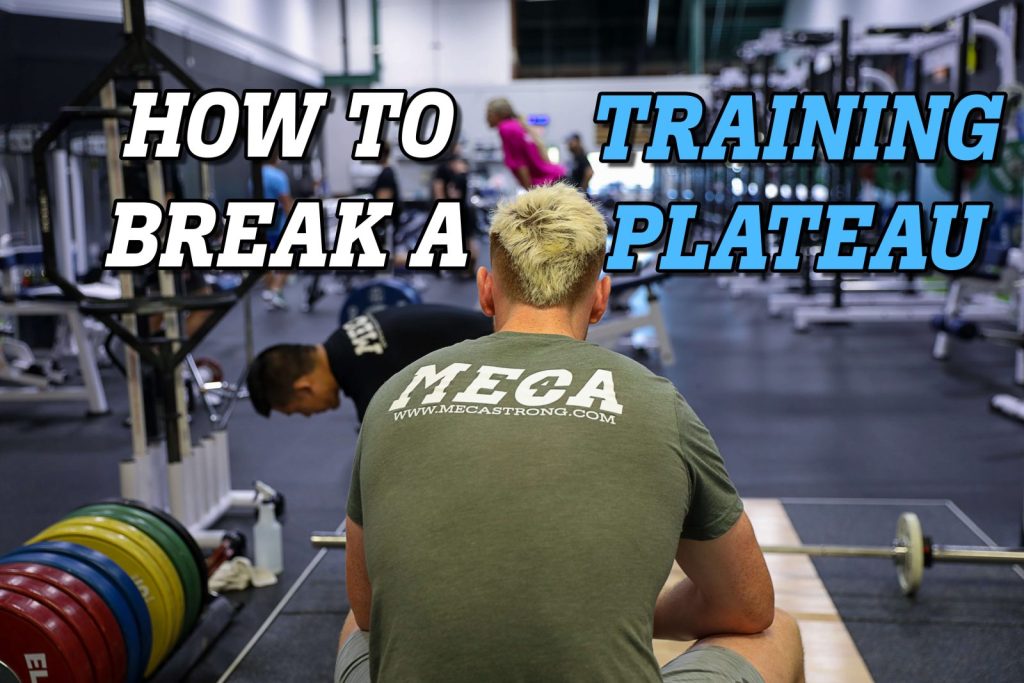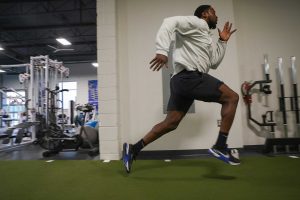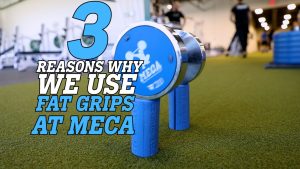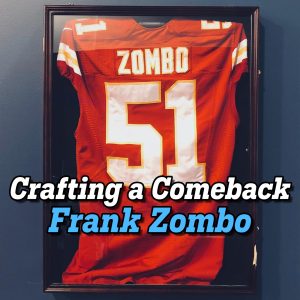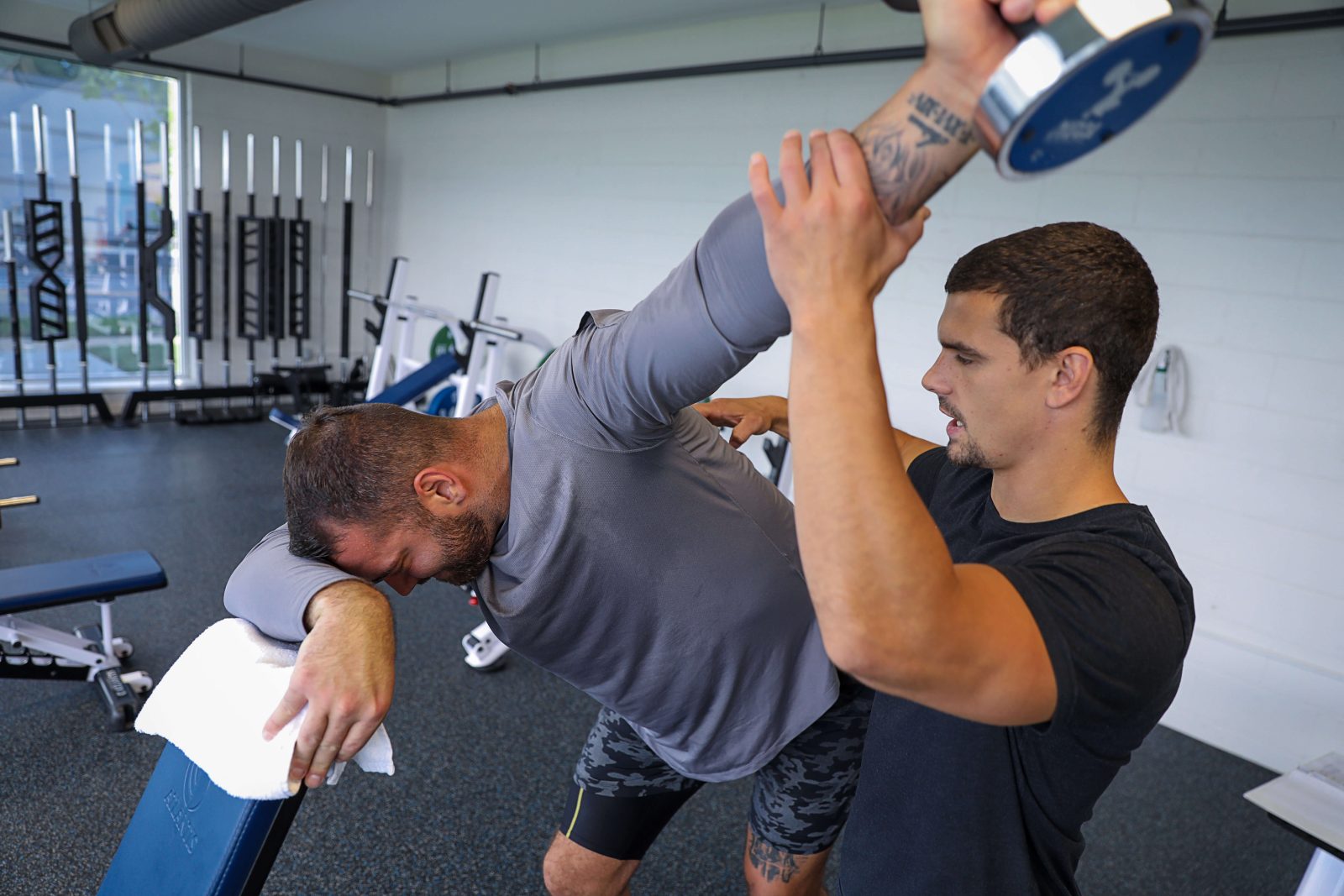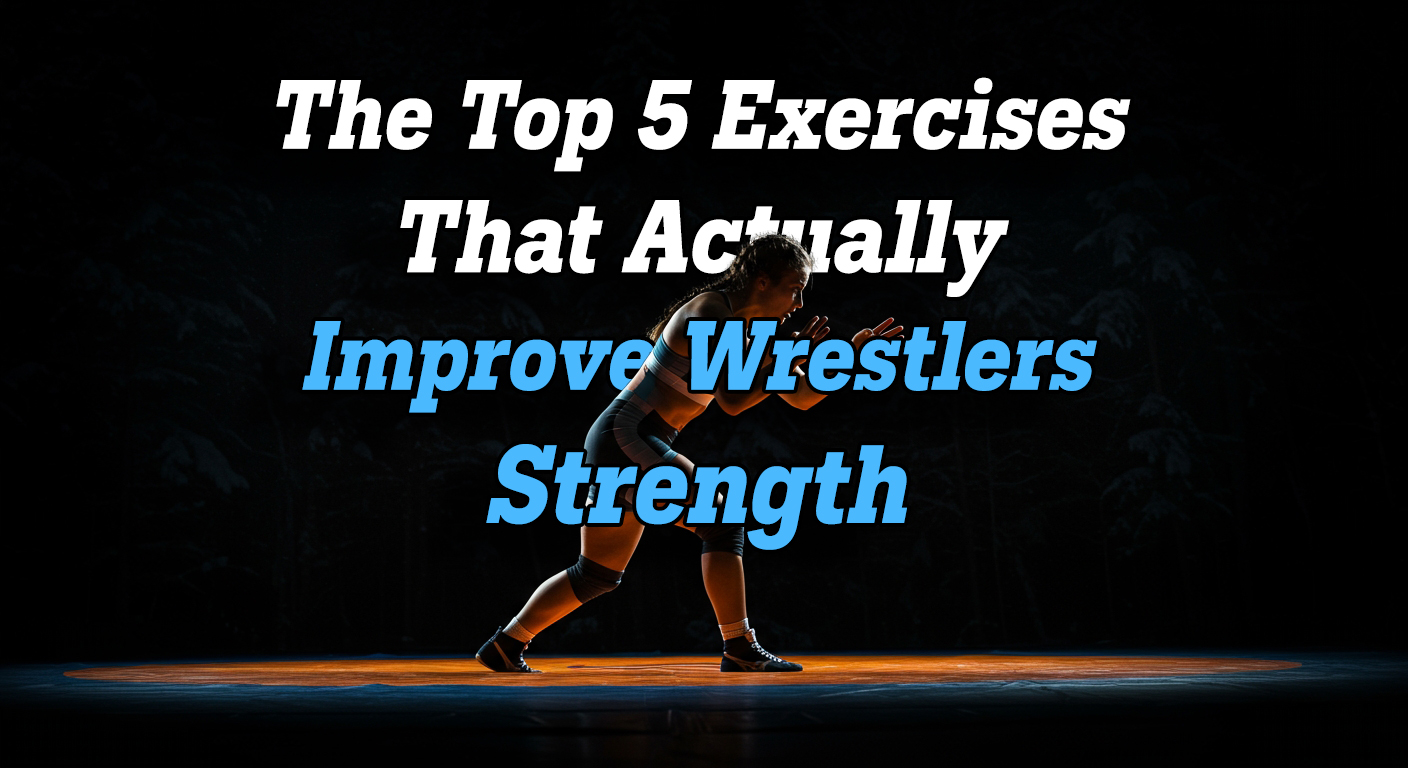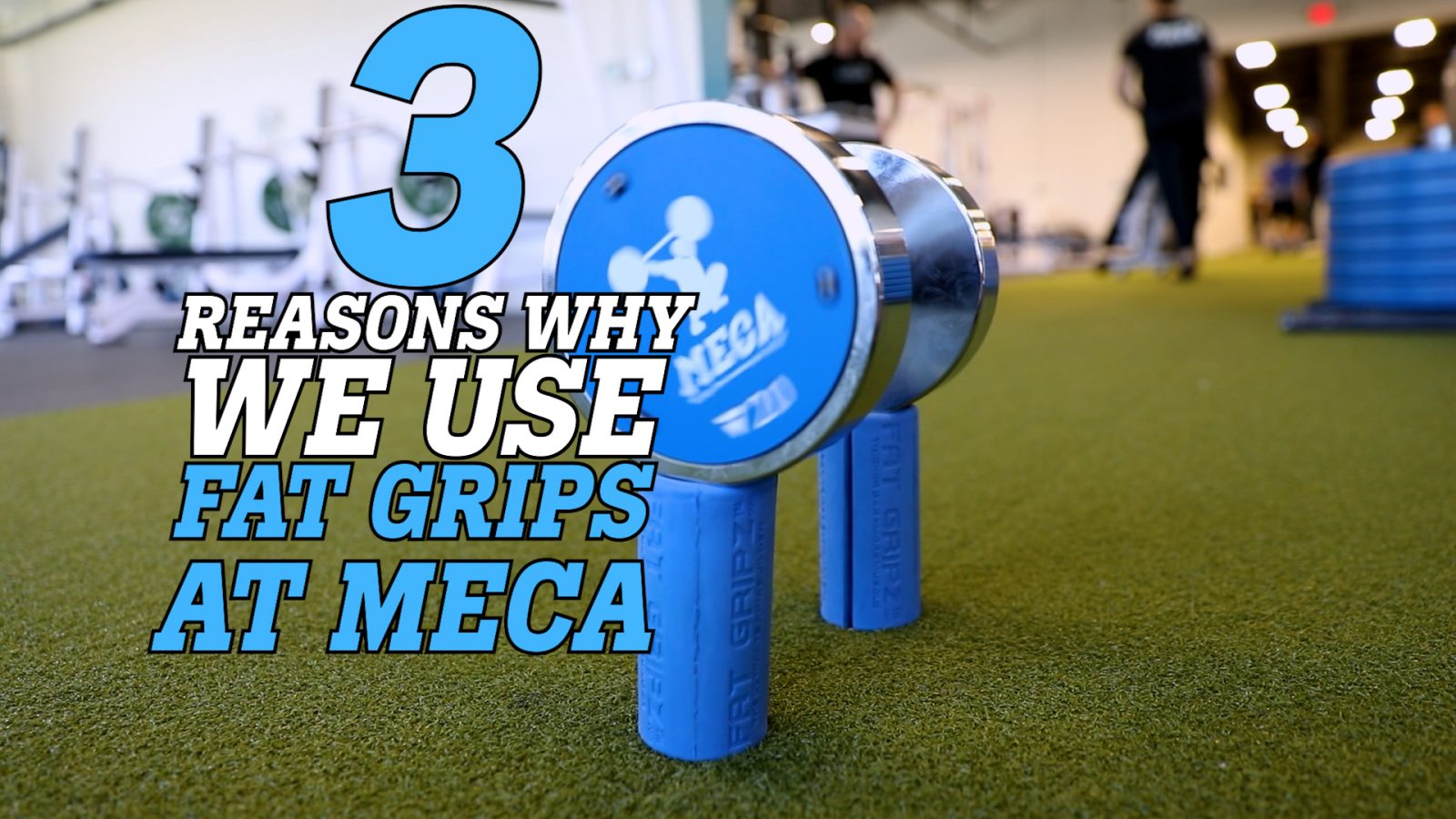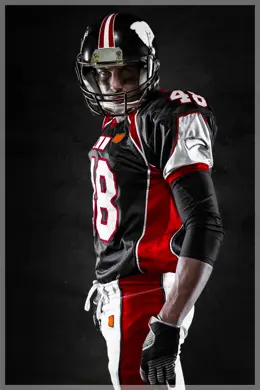A lot of people get stuck in a plateau, because they’ve been doing the same workout over and over again and they haven’t added any variation to their training. When I see a professional athlete that’s coming into the NFL, or maybe an Olympic sprinter, and that athlete hasn’t made any substantial progress in at least three years because they’ve hit a plateau, the reason is usually a lack of variety in their training.
When you’ve hit a plateau
The first thing you want to do is change your training program. In many cases, many athletes have never been exposed to a split squat or a certain lunge variation, or they’ve never been exposed to a tempo change, and all of these slight variations in tempo or exercise selection will help to activate different muscle groups, and allow new levels of strength to be gained. New exercises allow for greater adaptation, greater strength through the full strength curve, and that’s going to make you stronger and more resilient.
The second thing that you want to do when you find yourself in a training plateau is to use different training methods. There are a ton of different methods that you can use, but a couple of methods that are really good at improving strength are cluster training and wave loading. Maybe you’re using ascending or descending reps, or maybe you’re using a set training system, or something like five by five. There are different ways that you can deliver the stimulus to your body, and when you deliver a different stimulus presented in a different way, your body is going to try and adapt, and that adaptation is what breaks a plateau.
The third thing that you can do you is to vary the speed of contraction. Contraction is how fast you perform each rep, a lot of times, athletes work at the same tempo or same speed of contraction, so they just go up and down and they don’t pay any mind to the speed at which they’re performing the exercise. When you find that you’ve hit a plateau in your training, you should try to go little bit slower and concentrate a little bit more, and after a certain time you start going faster, so maybe you lighten the weight and you apply more velocity. When you are changing the contraction, you’re changing the speed of the lift, and maybe you’re adding pauses at disadvantaged positions, and that’s a very important factor that’s going to help you break a plateau.
Finally, maybe the most important thing that you can do when you’ve hit a plateau is to look at what’s going on with your lifestyle. Am I getting enough of the right nutrients? Am I getting enough protein, or amino acids in my diet? Am I drinking enough water? How are my stress levels outside of the training environment? And if you follow our blogs or videos at all, this one will not surprise you at all, but am I getting enough, or a good enough quality of sleep? All of this will factor in to your ability to overcome a plateau.
Number five is taking supplements. Supplementation is critical. What you want to focus on especially is your micronutrient ratio. Having the right ratios in your diet, and the right vitamins (Vital Minerals!) in your diet can make a dramatic difference in improving your energy your overall health. The better your overall health, the stronger and faster you can become, and that alone can do a lot of the heavy lifting to help break a plateau.
One last tip regarding supplements: The number one supplement I’ve seen to break a plateau is taking branched chain amino acids before your workout, and having a high enough amino acid profile to actually make a difference in your training. That’s a secret I learned from Charles Pollock, and one of the best tips I ever got that’s allowed me to be very very successful in helping athletes who are struggling to get past a training plateau.

